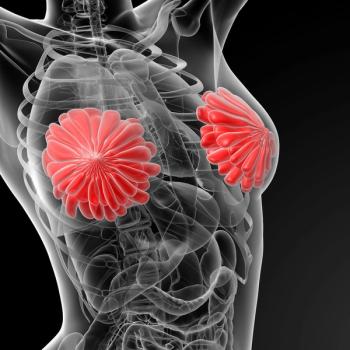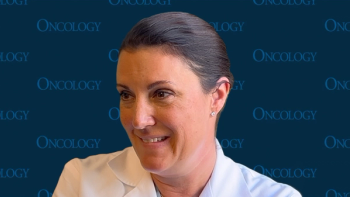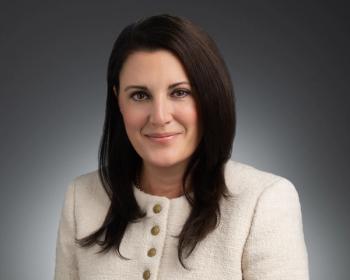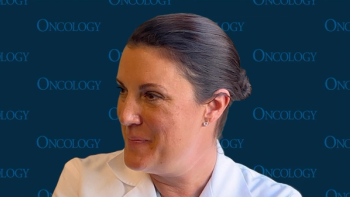
- ONCOLOGY Vol 15 No 12
- Volume 15
- Issue 12
Survey Finds Women Have Many Misperceptions About Breast Cancer
In a recent survey, the American Cancer Society found that many women are misinformed about breast cancer risk. According to the survey, nearly half of the respondents thought that women in the United States have a 30% to 50% chance
In a recent survey, the American Cancer Society foundthat many women are misinformed about breast cancer risk. According to thesurvey, nearly half of the respondents thought that women in the United Stateshave a 30% to 50% chance of developing the disease, while 66% believed that therisk is greater than 20%. In fact, according to the American Cancer Society, theaverage lifetime risk of developing breast cancer is approximately 11%. Womenwho were surveyed also thought that the risk for getting breast cancer isgreatest between the ages of 30 and 49 years, when in reality, that riskincreases with age. According to the Society, 77% of new cases and 84% of breastcancer deaths reported between 1994 and 1998 occurred in women aged 50 years andolder.
While the risks are much lower than what women in the survey understood themto be, breast cancer death tolls are still extremely high. By the end of theyear, 192,000 women will be diagnosed with breast cancer, and 40,600 women willdie of the disease.
Spreading the Word
"This important research shows there is a lot of information out thereabout breast cancer risk, which women are unable to easily understand in termsof their personal risk for getting this terrible disease," said Carolyn D.Runowicz, MD, member of the American Cancer Society’s Breast Cancer Council."The American Cancer Society encourages women to talk to their doctorsabout what breast cancer risk means to them personally."
Women in the survey also said that they are most likely to talk to theirfemale friends about health issues, with nearly 70% saying that they are greatlyor somewhat influenced by the opinions of others when it comes to theseconcerns.
This reliance on peers as a source of health information underscores howimportant it is for women to educate themselves about breast cancer and providethe correct information to friends and loved ones. With that understanding, theAmerican Cancer Society started the Tell A Friend program in 1992. The programuses trained volunteers to contact friends and loved ones to encourage them toget mammograms. Early detection through mammography could reduce the breastcancer death tollnearly 97% of women who were diagnosed with breast cancer atan early stage survive for more than 5 years. Tell A Friend volunteers contactedmore than 155,000 women last year.
Articles in this issue
about 24 years ago
Bill Would Increase NCI Research on Blood Cancersabout 24 years ago
American Cancer Society Launches New and Improved Websiteabout 24 years ago
A Breast Cancer Journeyabout 24 years ago
Exisulind Significantly Inhibits Tumor Growth With Minimal Side Effectsabout 24 years ago
FDG-PET Detects Thyroid Cancer Better Than Conventional Imagingabout 24 years ago
DEA Head Stresses Legitimate Need for Pain MedicationNewsletter
Stay up to date on recent advances in the multidisciplinary approach to cancer.


















































































